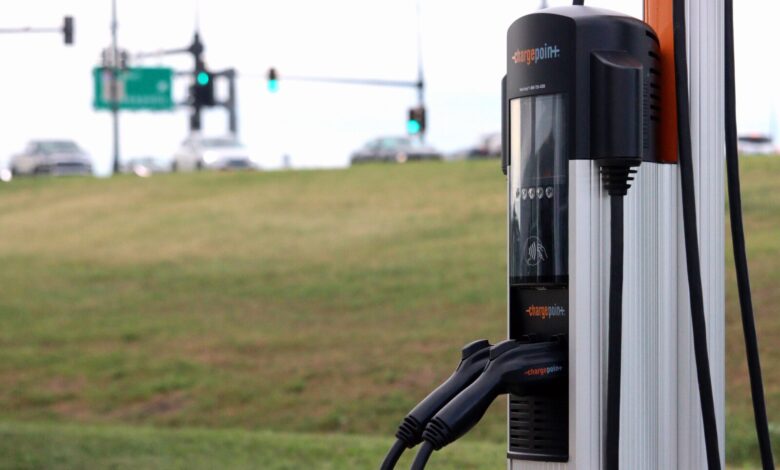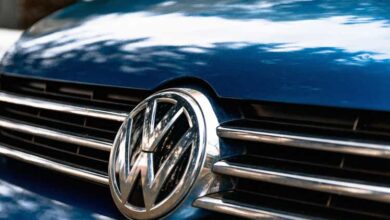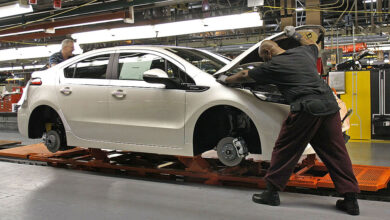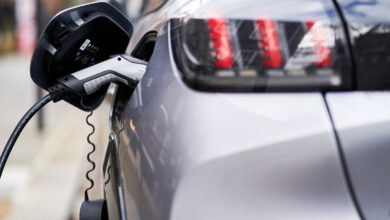Letter: Embracing the EV adventure – InForum

This letter from an actual EV owner is a response to Merle D. Anderson’s “
The harsh realities of EV ownership
” recently published in The Forum. As a general statement, much of his letter is incorrect, misleading or exaggerated. Here are some of the main misconceptions:
Home Chargers: There is no reason to install a $20,000 Level 3 fast charger in your garage as Anderson believes. A 240v Level 2 charger is all you need. This cost me $600 for the charger and $1,300 for the electrician to install it. However, I got a 30% tax rebate, so my actual cost was $1,300. I plug it in overnight every week or two to charge to whatever level I want, including full charge. This is so much more convenient than filling up at a gas station. My Charge Point app keeps track of cost, additional miles gained and charging time. For example, my last charge was May 20 for 144 miles at a cost of $3.65 at Xcel rates and it took 4 hours and 19 minutes. So far in May charging has cost $27, the April total was $25, and March was $20, etc., etc. I drive 700-1,200 miles/month and have driven my Hyundai Ioniq 5 10,720 miles since I purchased it June 30th of last year.
Cost: Home charging is less expensive than buying gas for a gas vehicle for comparable milage. EVs are inherently simpler in design than an internal combustion powered vehicle so it just makes sense they are less expensive to maintain. Consumer Reports states that EVs cost $900/year to maintain while gas cars cost about $1,200/year. Anderson is concerned that battery replacement could be up to $20,000. That is at the high end as it is only $6,200 for a Nissan Leaf. Almost all EVs have a 100,000-mile full warranty on the battery and electric power train. Batteries after 10 years still have 90% of their original capacity and the Tesla Model S battery is at 90% after 20 years. The batteries are nearly fully recyclable and will likely outlast the vehicle. In summary, the vast majority of the studies of EV costs conclude they are less expensive to operate than gas vehicles.
EV Fires: The probability of EV fires is much lower than for gas cars. Norway—with the highest rate of EV ownership—found that “there are four to five times more fires in gas cars.” That said, Anderson is correct that EV fires are more difficult to put out than gas fires.
EV Production Reductions: Anderson notes that Toyota and Ford are reducing projected production of EVs. That may well be, but the global trend for EVs is rapidly expanding. Just two examples; 80% of new car sales in Norway last year were EVs (and by the way, their electrical grid has not collapsed). The second example is China where 60% of the world’s EV’s were sold last year. They have three of the world’s biggest EV manufacturers. They produce a full range of EVs that average $30,000 and can cost as little as $10,000. They have in a few short years become the world’s leading exporter of cars. It’s no wonder that both Trump and Biden have proposed heavy tariffs on Chinese EVs. If cheaper and better Chinese EVs were to flood the U.S. market, Detroit could not compete. Either way, it’s clear to me EV’s are the future.
Range Anxiety and Cold Weather: I decided to purchase an EV because as a 77-year-old, I realized that this could be my last car purchase and wouldn’t it be fun to see what these EVs were all about. But what really tipped the balance was when I realized that since my wife and I have two cars, and if we wanted to take long car trips, we could use our gas-powered car. The funny thing is that because our EV is so fun to drive, quieter and more comfortable, we have used it for long trips in lieu of our gas car. Last year, we drove our EV to San Antonio for the Christmas holidays (winter driving), took a short trip to Winnipeg and four or five trips to Minneapolis. And yes, it takes more planning and a few more stops. We view long-distance travel as an adventure just as Anderson does as a pilot. My experience after owning my EV for almost a year is that everyday driving is superior to gas vehicles in every way, even in North Dakota winters. As for long trips, the national charging network is not ready for prime time. Chargers sometimes don’t perform as well as rated and there are not enough charger locations for even the current low number of EVs in the US. However, just in the past year we’re noticed major new chargers opening in Jamestown, Grand Forks and Alexandria, with more on the way.
After a year, I am happy with my EV and with doing my small part to help reduce climate change.
Joel Davy lives in Fargo.



